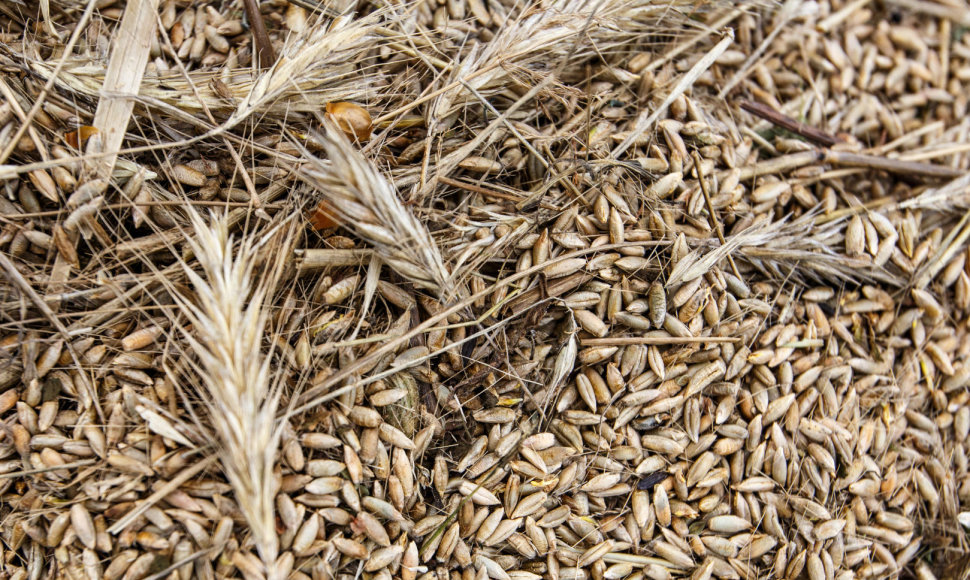Lithuania grows an annual average of 4.5 million tonnes of grain. Even if weather conditions worsen, there will be no lack of bread because, for our uses, we use only around 190 thousand tonnes of grain per year.
Calm inside
The starting positions of Lithuanian farmers leaving for the fields this year are definitely strong. They have prepared well for the upcoming season: the crop is brimming with vitality, hasn’t been frozen or dried out, fertiliser supplies have been secured.
Another major advantage int eh face of the coronavirus is also that after a period of intensive European funding investment, many farms have equipped themselves with new, modern agricultural machinery and have automated their work as much as is possible. Thus the thinking that the care of crops will demand mass labour and the coronavirus will thus spread even faster, also laying low the workforce is an unlikely outcome.
The grain vegetation period will also be more favourable than unfavourable for us. The grain harvest usually begins in July – by then it is expected that at least the first, springtime wave of the virus’ spread will be contained, thus the harvest can be completed and processed without any obstructions.
Outside shaken by uncertainty
There is far more uncertainty in international markets, where grain prices are fluctuating day by day, unable to find a general direction for the longer term.
It cannot be denied that lives frozen by COVID-19 and the resulting changes to eating habits, where public catering establishments are closed and more cooking is done at home, will increase the demand for bread, pasta and flour. The first to face a coronavirus knockout blow, China had reduced its grain milling to 25%, but now it is recovering again and grain demand in this country is on the rise.
In France, one of the largest grain markets in Europe, an atypical task is being dealt with because the demand for grain-based produce, which spiked due to the country’s citizens flocking to stores, has also coincided with a rise in exports. The country is seeking solutions of how to ensure a sufficient number of transport vehicles and overall operation of logistics chains so that both domestic market demand could be fulfilled and foreign customers’ purchases are filled.
That said, in Lithuania the latter scenario is unlikely because our grain is transported essentially by rail and by sea and last year’s harvest has already been sold, being due to depart over the next 2-3 weeks. However, the example of France shows that the coronavirus can lead to hard to predict challenges
Main link to become a buffer
Thus, predicting how much export revenue this year’s grain harvest could generate is difficult this spring and not only due to unpredictable weather conditions. It will also depend on grain demand across the world and in individual countries, currency exchange rate fluctuations and competition with other countries, which also grow and export grain. And the development of these circumstances cannot be forecasted in the markets map, which is being redrawn by the coronavirus.
On the other hand, while waiting to see how COVID-19 will impact the global economy, work and farmer financing in Lithuania continues under its usual rhythm, future purchase contracts for this harvest are being compiled and their financial uncertainty will be left with the intermediary wholesalers link. At the same time, this indicates that in the grain sector, neither in the short, nor the long term can we predict an apocalyptic scenario.












